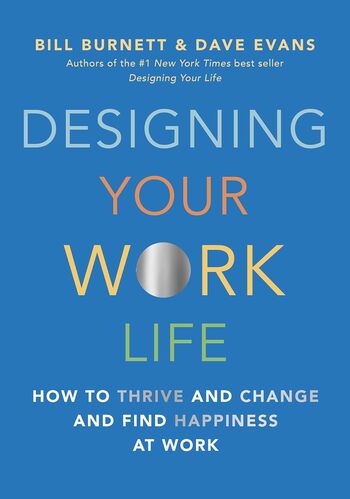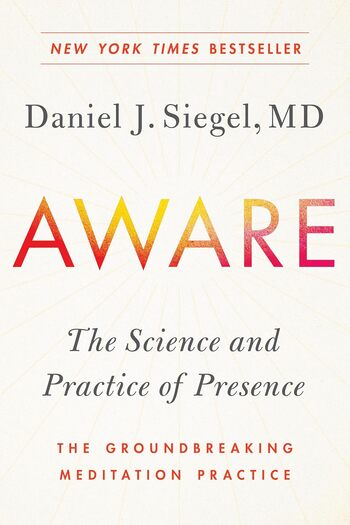
Published in 1949, ‘The Second Sex’ by Simone de Beauvoir examines the perception of women, critiquing societal constructs and emphasizing women’s role in history, feminism’s revival, and challenging gender norms.
Main Lessons
- The definition of ‘woman’ and ‘femininity’ is complex and socially constructed.
- Biological determinism is insufficient for defining gender roles.
- The relationship between men and women is traditionally unequal, with men seen as the default.
- Women are often seen as ‘the Other’, a concept that reflects societal structures rather than biological realities.
- Literature and society often perpetuate myths of women as inferior or as otherworldly divinities.
- Private property and historical materialism have influenced women’s societal roles.
- Christianity and traditional beliefs have contributed to the demonization of women’s sexuality.
- Feminism encourages examining women’s roles in economic and historical contexts.
- Beauvoir argues against Freud’s psychoanalytic views on female sexuality.
- The historical male domination is a result of perceived societal advancements.
- Women’s fertility and roles have been controlled by state and societal norms.
- Females in power don’t necessarily equate to female empowerment.
- True liberation involves rejecting societal roles and embracing independence, despite hardships.
- Historical and cultural examples highlight the ongoing struggles for gender equality.
- Women’s advancements require societal changes, echoing Virginia Woolf’s call for a ‘room of one’s own.’








